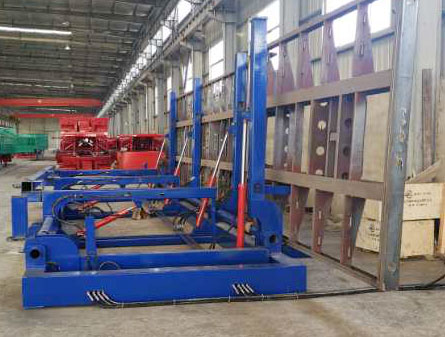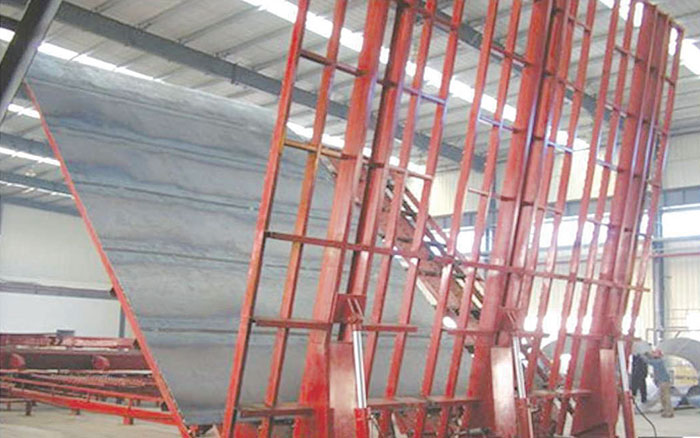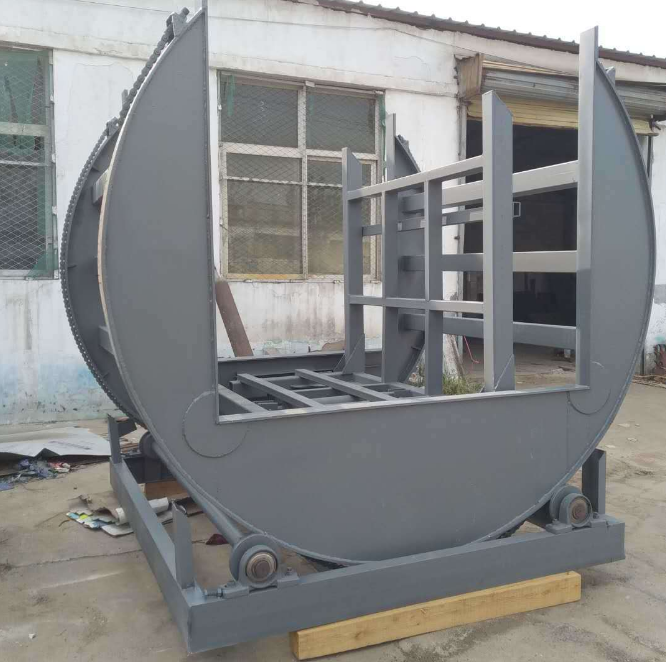The accuracy of laser cutting machines is one of the key indicators to measure their performance, which directly affects the dimensional accuracy and quality of the cut parts. The accuracy of laser cutting machines is influenced by various factors, including laser type, focusing system, workbench positioning accuracy, material characteristics, and operating environment. The following is a detailed explanation of the accuracy of laser cutting machines:
The influence of laser type on accuracy
Different types of lasers have a direct impact on cutting accuracy. For example, the accuracy of fiber laser cutting machines is generally within ± 0.03mm. This is because fiber lasers have shorter wavelengths, higher energy density, and smaller focused light spots, which can achieve higher cutting accuracy. In contrast, the cutting accuracy of CO2 laser cutting machines is generally within ± 0.05mm, although slightly inferior to fiber laser cutting machines, the cutting effect on certain materials is still excellent. For high-precision laser cutting machines for electronic circuit boards such as FPC soft boards, using ultraviolet laser can achieve cutting accuracy within ± 20 μ m. This is because ultraviolet laser has a shorter wavelength and can achieve more precise cutting.
Positioning accuracy and geometric accuracy
The positioning accuracy and geometric accuracy of laser cutting machines are also important factors affecting cutting accuracy. Positioning accuracy refers to the movement accuracy of the workbench or laser head relative to the workpiece, generally required at the micrometer level, which is crucial for maintaining the accuracy of the cutting path. And geometric accuracy involves the consistency of the shape and size of the cut part, and good geometric accuracy can ensure that the cut workpiece meets the design requirements.
Repetitive positioning accuracy
Repetitive positioning accuracy refers to the positional deviation between cutting points when a laser cutting machine cuts the same position multiple times under the same conditions. High repeatability positioning accuracy is particularly important for mass production, as it ensures that each batch of cut parts can meet consistent quality standards.
Material characteristics
The thickness, hardness, thermal conductivity and other characteristics of materials can also affect the accuracy of laser cutting machines. For example, when cutting thin plate materials, laser cutting machines can achieve higher accuracy, but as the material thickness increases, the cutting accuracy may decrease. In addition, the thermal expansion coefficient of the material also affects the dimensional stability after cutting.
Operating environment
The temperature, humidity, and vibration conditions in the operating environment can also affect the accuracy of the laser cutting machine. To ensure optimal cutting accuracy, laser cutting machines usually need to operate in a constant temperature and humidity environment, and take vibration reduction measures.
The accuracy of laser cutting machines is a comprehensive indicator that covers factors such as positioning accuracy, geometric accuracy, repeated positioning accuracy, material characteristics, and operating environment. In practical applications, according to different processing requirements and material characteristics, the accuracy of laser cutting machines may be between ± 0.03mm and ± 0.05mm, and even higher precision laser cutting machines can reach ± 20 μ m. Manufacturers and users should fully consider the above factors when choosing laser cutting machines to ensure that the selected equipment can meet specific processing accuracy requirements.







